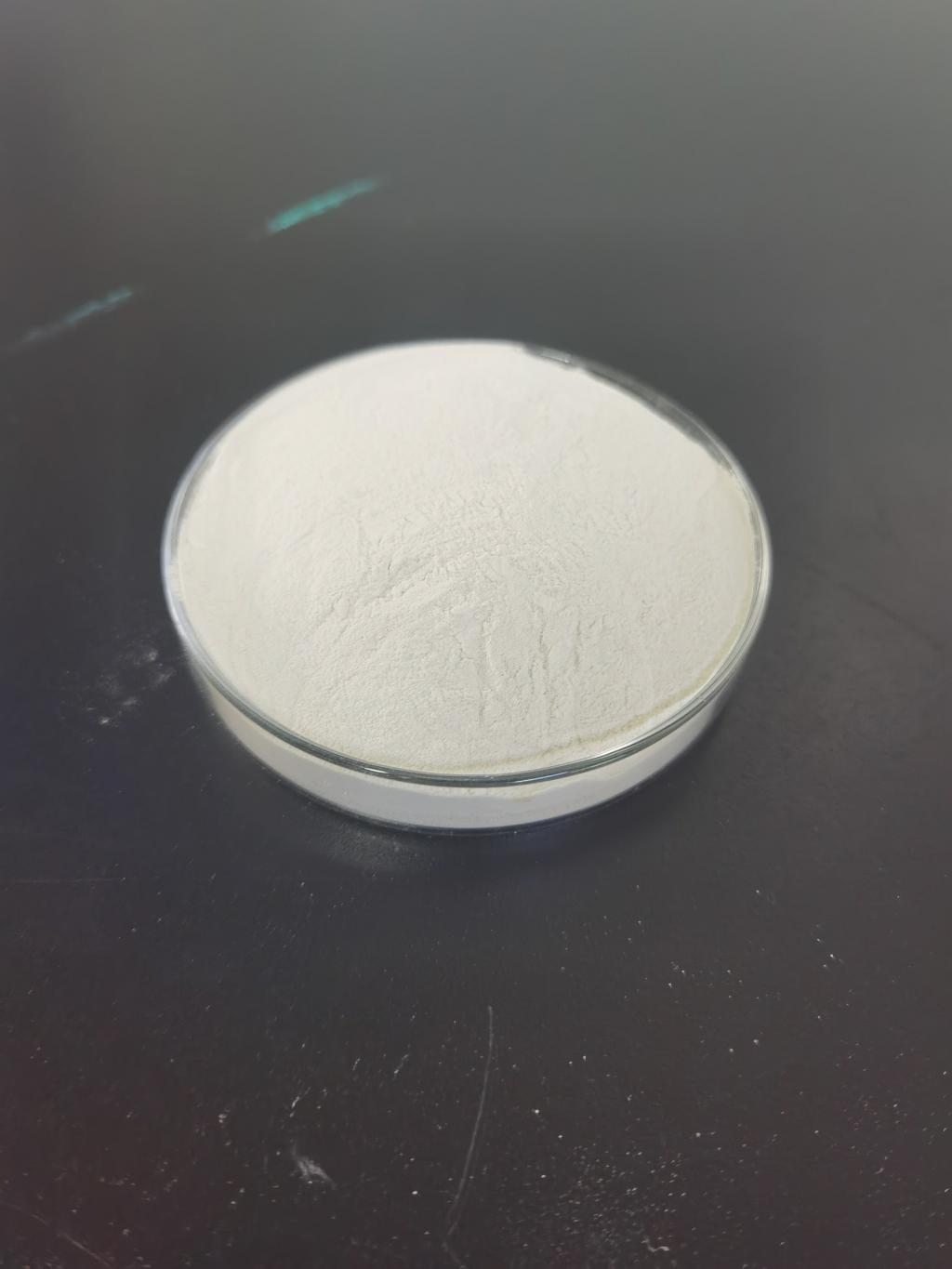Tel:+8618231198596

News
 CONTACT
CONTACT
 CONTACT
CONTACT
- Linkman:Linda Yao
- Tel: +8618231198596
- Email:linda.yao@dcpharma.cn
- Linkman:CHARLES.WANG
- Department:Overseas
- Tel: 0086 0311-85537378 0086 0311-85539701
News
Nisin: A Natural Guardian of Food Integrity
TIME:2023-12-08
Historical Context: Origins and Discovery
Nisin's story begins with its discovery in the early 20th century by British scientist Arthur Fernley Fox. In 1928, Fox identified an inhibitory substance produced by lactic acid bacteria that demonstrated potent antibacterial properties. This substance was later named nisin, derived from the term "nisus," which means effort in Latin, reflecting the effort involved in its discovery.
Natural Origins: Where Nisin is Found
Nisin is naturally produced by certain strains of lactic acid bacteria, primarily Lactococcus lactis. These bacteria are commonly found in dairy products, and nisin production serves as a natural defense mechanism against competing bacteria. The natural origin of nisin is a key factor in its appeal as a food preservative, aligning with the increasing consumer preference for natural and clean-label ingredients.
Mechanism of Action: How Nisin Works
Nisin's antimicrobial activity is attributed to its ability to disrupt bacterial cell membranes. It specifically targets Gram-positive bacteria by binding to lipid II, a precursor molecule involved in cell wall synthesis. This disrupts the bacterial cell membrane, leading to cell death. Importantly, nisin's mode of action is selective, sparing beneficial bacteria and fungi, which is advantageous for preserving the natural microbiota of certain foods.
Applications in Food Preservation: Nisin as a Versatile Guardian
Dairy Products
Given its natural presence in lactic acid bacteria, nisin has been widely employed in the preservation of dairy products. It effectively inhibits the growth of spoilage and pathogenic bacteria, extending the shelf life of cheeses, yogurts, and other dairy items.
Meat and Poultry
Nisin's antimicrobial properties make it a valuable tool in preserving meat and poultry products. By preventing the growth of harmful bacteria such as Listeria and Staphylococcus aureus, nisin enhances the safety and longevity of these perishable items.
Processed Foods
As the food industry continues to evolve with an emphasis on convenience and extended shelf life, nisin has found its way into a variety of processed foods. From ready-to-eat meals to canned goods, nisin helps maintain the freshness and safety of a wide range of products.
Safety Considerations: Nisin as a GRAS Substance
One of the critical aspects of any food preservative is its safety for human consumption. Nisin has earned the Generally Recognized as Safe (GRAS) status from regulatory authorities, including the U.S. Food and Drug Administration (FDA) and the European Food Safety Authority (EFSA). This designation underscores the extensive research and testing conducted to ensure that nisin poses no harm when used within specified limits.
Challenges and Innovations: Nisin in the Modern Context
While nisin has proven to be a valuable natural preservative, its application faces challenges in certain food matrices and under specific conditions. Researchers and food technologists are actively exploring innovations to overcome these challenges and maximize the efficacy of nisin in different contexts.
Synergistic Approaches
One approach involves combining nisin with other natural antimicrobial agents to create synergistic effects. This strategy not only enhances the antimicrobial activity but also allows for lower concentrations of nisin to be used, minimizing any potential impact on the organoleptic properties of the food.
Encapsulation Technologies
Encapsulation technologies offer another avenue for optimizing the use of nisin. By encapsulating the peptide in protective matrices, its stability can be improved, and its release can be controlled over time. This opens up new possibilities for incorporating nisin into a broader range of food products.
Future Prospects: Nisin in the Era of Sustainable Food Systems
As the world grapples with the challenges of feeding a growing population while minimizing the environmental impact of food production, the role of natural preservatives like nisin becomes even more crucial. The sustainable nature of nisin production, coupled with its ability to reduce food waste by extending shelf life, aligns with the goals of creating more sustainable and eco-friendly food systems.
Conclusion: Nisin - A Natural Guardian Unveiled
In conclusion, nisin stands as a natural guardian of food integrity, with a rich history, well-established mechanisms of action, and diverse applications in food preservation. Its journey from a serendipitous discovery to a GRAS-designated preservative reflects the ongoing quest for safer and more sustainable food options. As researchers continue to innovate and overcome challenges, the era of nisin as a key player in the preservation of our food supply is undoubtedly on the horizon.
- Tel:+8618231198596
- Whatsapp:18231198596
- Chat With Skype







